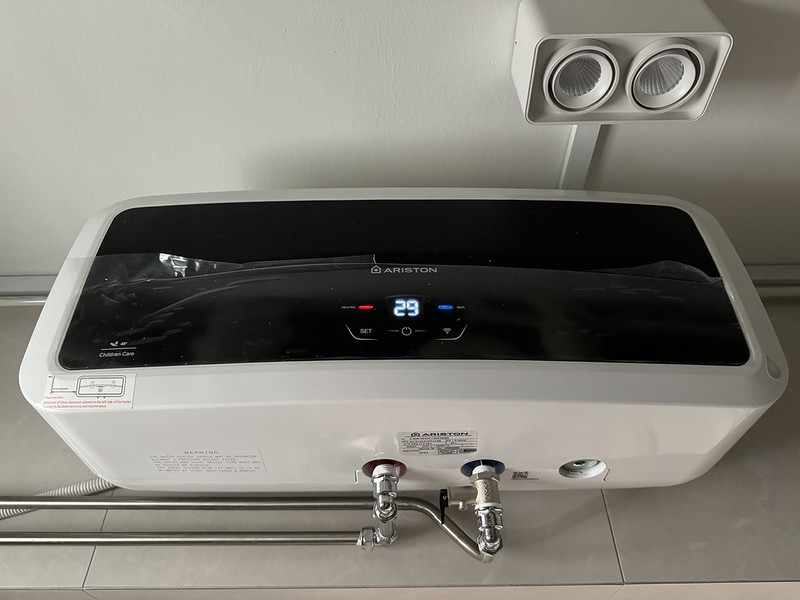Close Comfort Cool Focus Portable Air Conditioner Review
Cool Focus is a portal air conditioner by Close Comfort. Close Comfort is an Australian and Singapore based start-up founded in 2007.
Cool Focus retails for S$649 on Lazada.
Introduction
A portable air conditioner, or some may call it personal air conditioner to cool people rather than the entire room. Think of it as a fan on steroids. It does consume more power as compared to a normal fan. In the case of Cool Focus, it consumes about 300W of power.
Normally, when you switched on the air conditioner, you will tend to close all the doors and rooms so that the cold air can be contained within a fixed area. For Cool Focus, it is the opposite. It is recommended to keep the windows open so that the warm air generated by Cool Focus can be replaced by cooler air from the environment outside.
Typical air conditioner ratings are about 12,000 – 24,000 BTU, but for Cool Focus, it is about 3,000 BTU in dry air and 4,000 BTU in high humidity.
With a normal air conditioner, there will be a pipe to discharge the water/condensation. However, there is no piping involved for Cool Focus as it extracts water from the cool air. As the water evaporates, it will cool the hot condenser pipes, which come out as warm air.
Also, unlike evaporative coolers, Cool Focus doesn’t need water or ice to run.
Unboxing
The carton box that comes with it is heavy and huge. In fact, after removing the box, Cool Focus itself measures just 56 x 38 x 27.5 (cm) and weighs just 17 kg.
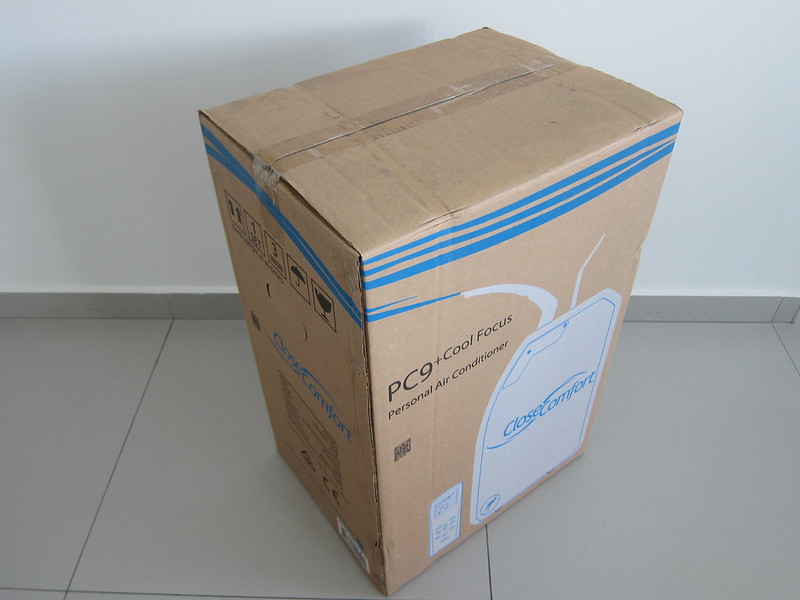
Accessories are kept to a minimum, with just some booklets, 2x AAA batteries, remote control, and a transparent flap.
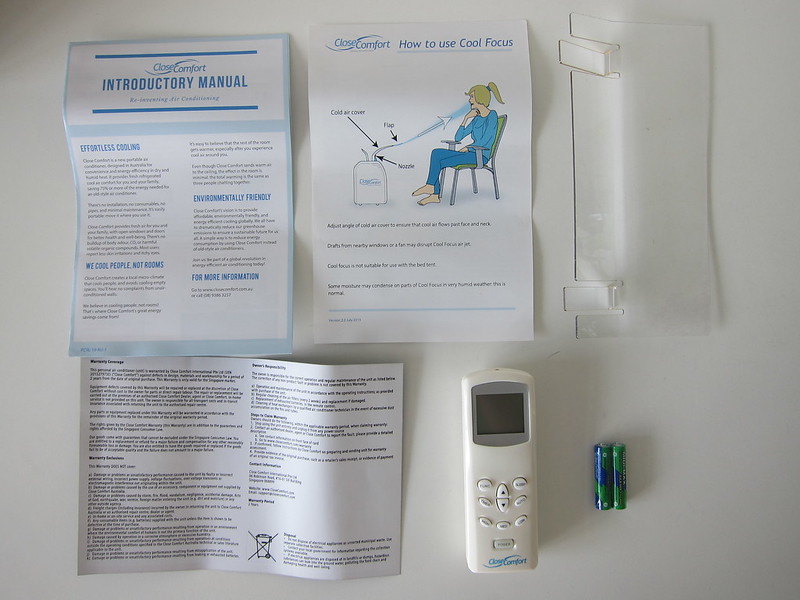
Design
After unboxing the Cool Focus, I wonder which side is the front and which side is the back. I thought the power buttons would indicate that it is front-facing; however, that is the back.
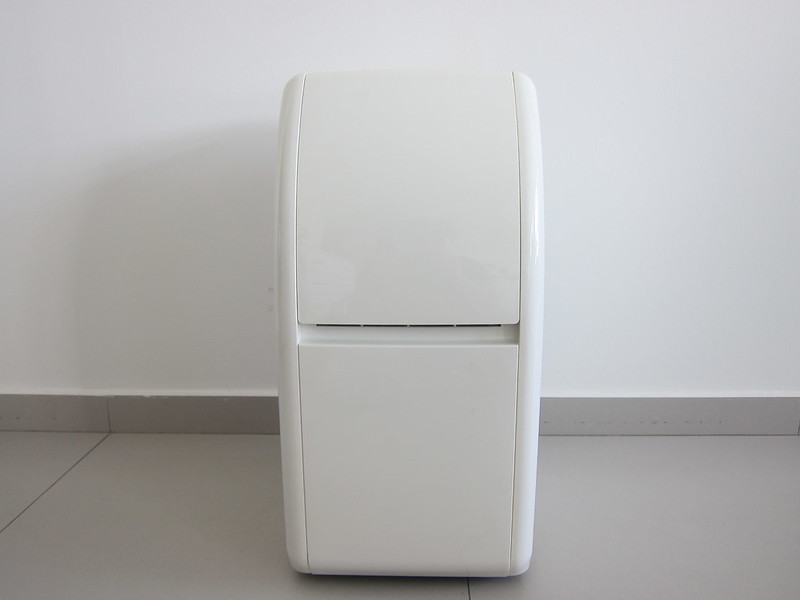

Cool Focus is mainly in glossy white finish with glossy blue panels at the top.
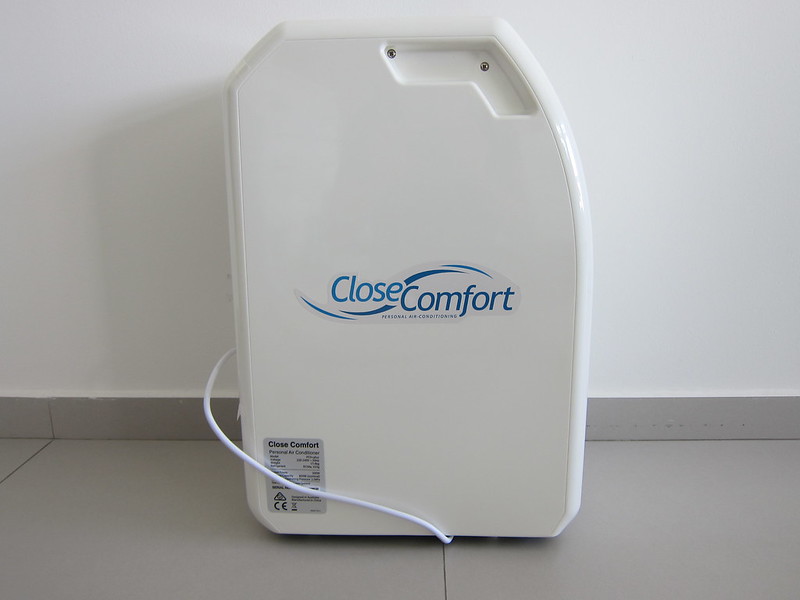
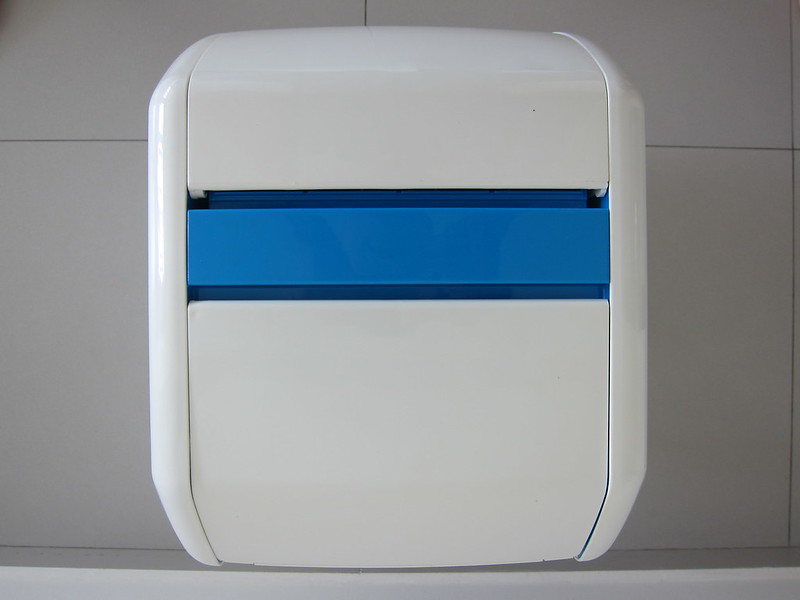
There is a tray at the bottom, originally designed to collect water in very humid conditions. However, it seems that Singapore’s humidity is not high enough, and hence people normally use it to store the extremely long power cable, which is 4m in length.
You can also hide the excess cable in the tray. There is a small cutout that can be used for the cable to pass through.

You do not need to worry about water coming out from the tray because there is a rubber bung there to stop any water coming out the bottom and redistribute it back into the unit and be blown out the front panel as vapor.

There are four wheels attached to the bottom of Cool Focus, and hence it can be moved easily to any place within the house.
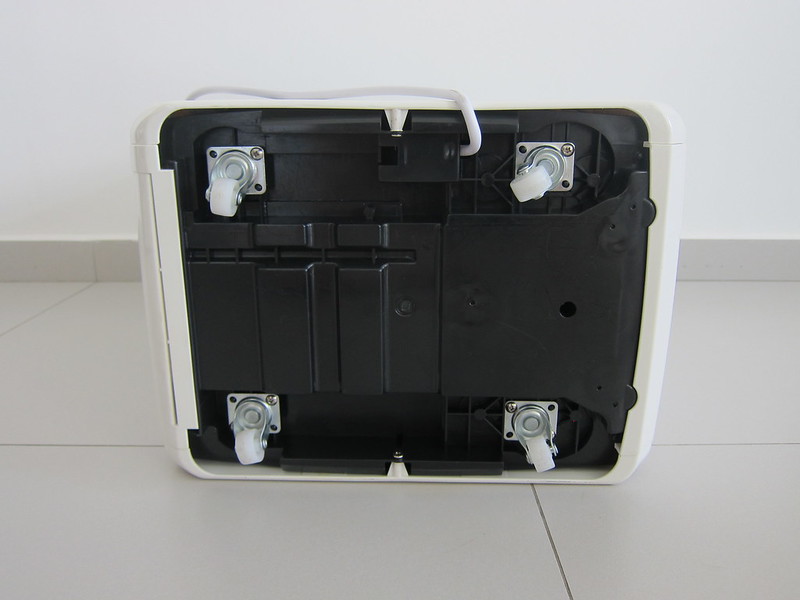
When you are using it, you will need to lift the cover in front and back so that the airflow can be directed.
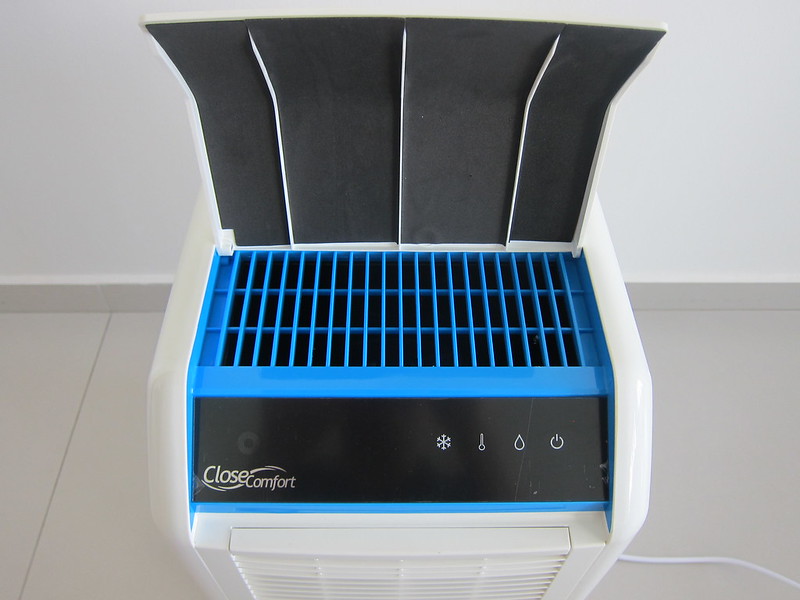


Setup
I would recommend placing the Cool Focus near the window so that the air outside can replace the warm air.

In my tests, the best position to be is within 50 cm of the Cool Focus. Anything more than that, you will not be getting much cool air.
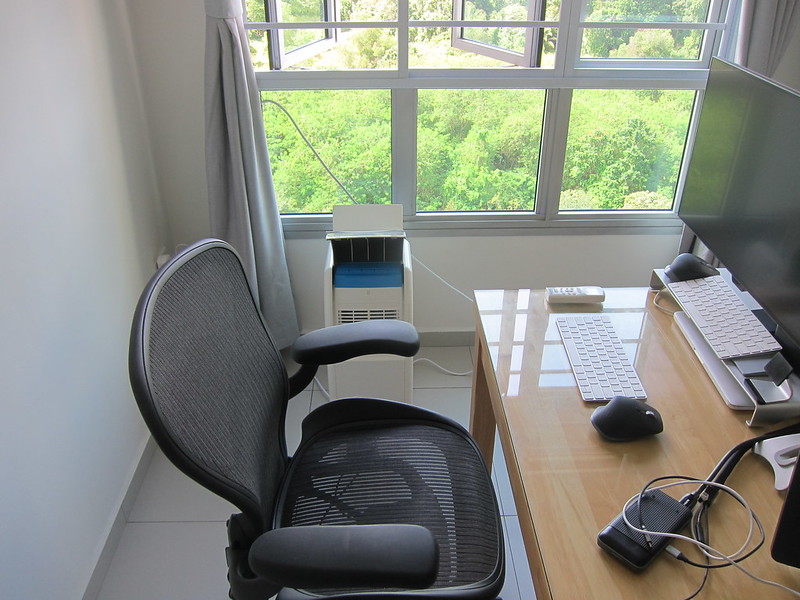
The transparent flap included in the packaging is useful if you are seated down on a computer chair. The cool air will be blowing at your waist rather than the upper part of your body without it.
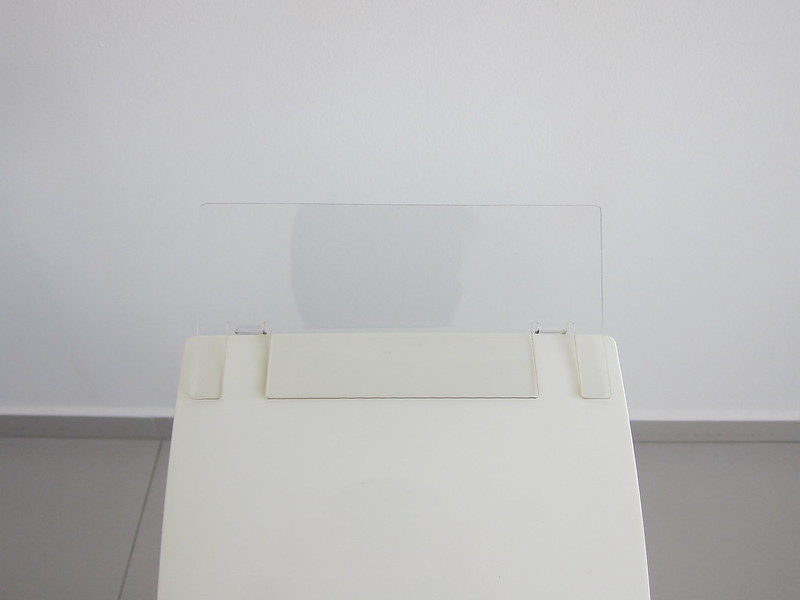
Despite it being useful, the transparent flap is very flimsy. An accidental brush when walking past the Cool Focus is enough to knock it to the floor. I wish it can be extended from the cover itself rather than as an attachment.
Temperature
My temperature is set to 24°C, and I have set the fan to automatic.

So you can see the front of Cool Focus outputs about 18°C of cool air while the back exhaust about 33°C of warm air.


My room temperature is about 29°C makes the warm air about 4°C higher than the room temperature. You do not want to place the back of the Cool Focus facing another person.

Noise
It takes about 90 seconds for Cool Focus to produce cool air, and during the initial start, it is noisy, measuring at 81 dBA.

Once it has started to cool, the noise level drops to about 71 dBA and remains quite constant around that level.

The noise level in your house normally is around 70 dBA.
Power Usage
My fan uses about 0.058kWh of power. Based on my electricity provider, Ohm, the price per kWh is S$0.1685 (including 7% GST). Assuming an 8-hour usage on a 5-day work week, a fan will cost me S$0.078 per day or S$1.56 per month.
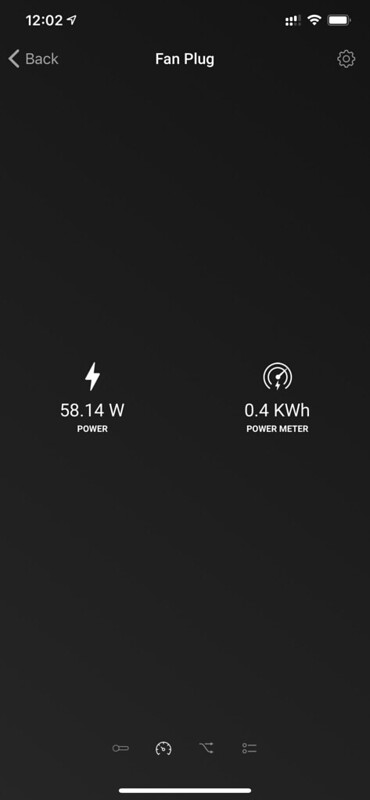
On the other hand, Cool Focus uses 0.31495kWh of power. The same assumption above will cost me S$0.42 per day or S$8.40 per month.

A normal room air conditioner uses about 1.2 kWh of power. So that works out to be about S$1.62 per day or $32.35 per month.
That makes Cool Focus about six times more expensive than a regular fan but four times cheaper than a regular air conditioner.
Condensation
Condensation appearing on air conditioner pipes is normal, and hence don’t be alarm if you find condensation on Cool Focus.
From my observation, it appears in front of and at the top of Cool Focus.

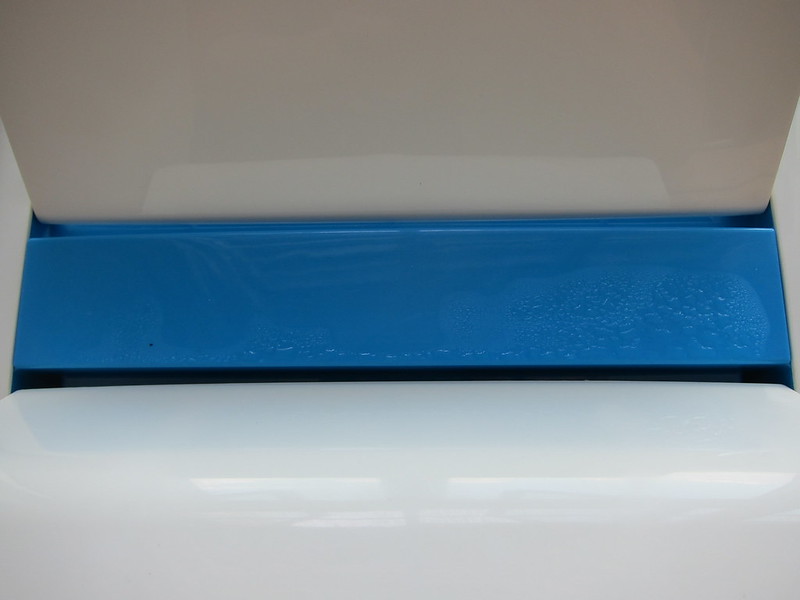
Maintenance
One of the selling points of Cool Focus is the ease of maintenance. You just need to wash three filters regularly, one in front, one at the back, and one on top.
There is no need to top up any water since it is not using any external water source.
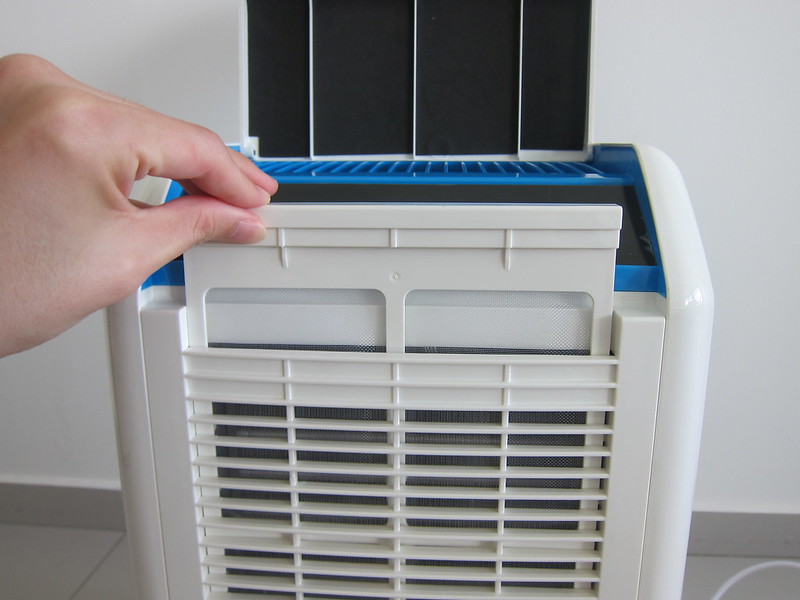

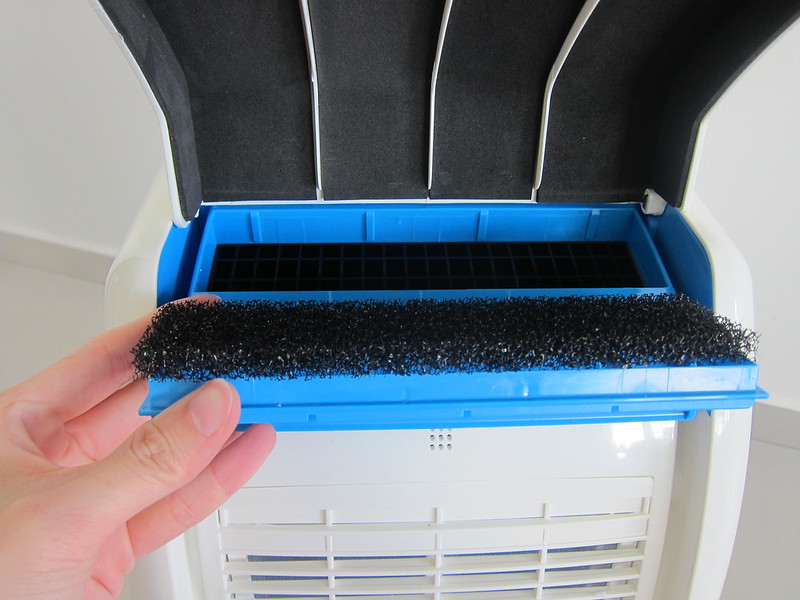
Cool Focus comes with a 2-year warranty from Close Comfort.
Conclusion
The skeptical question about Cool Focus is whether does it work? Absolutely, yes. Cool Focus works as intended as a portable/personal air conditioner.
It is meant to cool a person rather than a room, marking it more cost-effective than a regular air conditioner.
Maintenance is also easy and straightforward.
Despite being more cost-effective, Cool Focus’s energy cost is not that cheap, and hence it is better to opt for a mix and match with a fan rather than switching it on all the time. You can opt to use Cool Focus during a scorching and humid day since the fan will only circulate hot air and not cool it.
Since it retails for S$599, it is more suited towards a single person use. Because if you are getting two of them, you are better of getting a regular aircon and use it to cool the room instead as that will be more cost-effective.

Overall, I feel Cool Focus is a good buy to pamper yourself working from home if you are going to work from home for the next 6 months to a year. At least you will not feel irritated by the hot weather in Singapore and do not need to worry about the electricity bill going too high.


